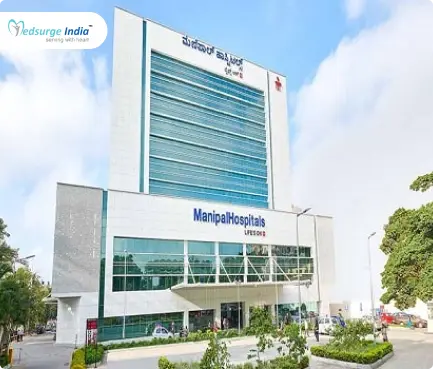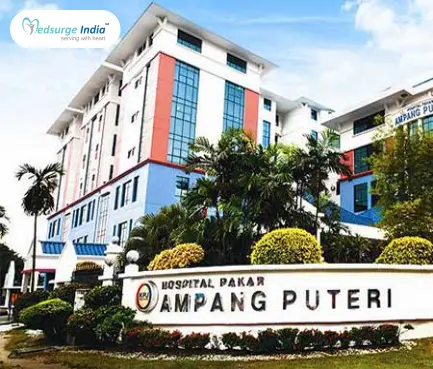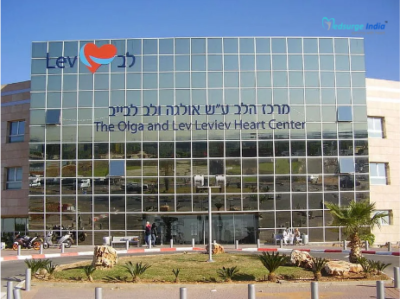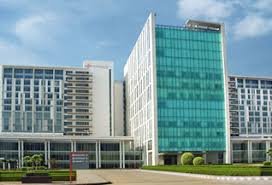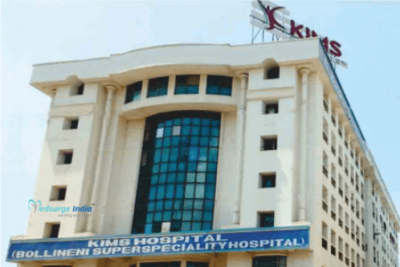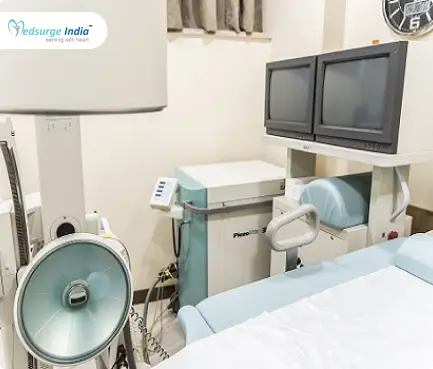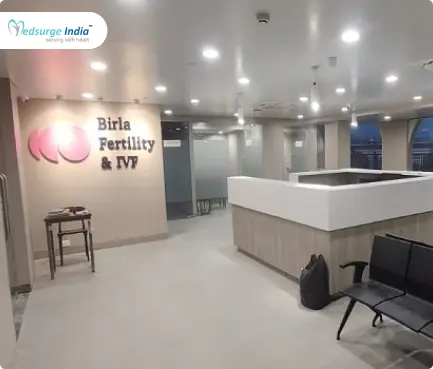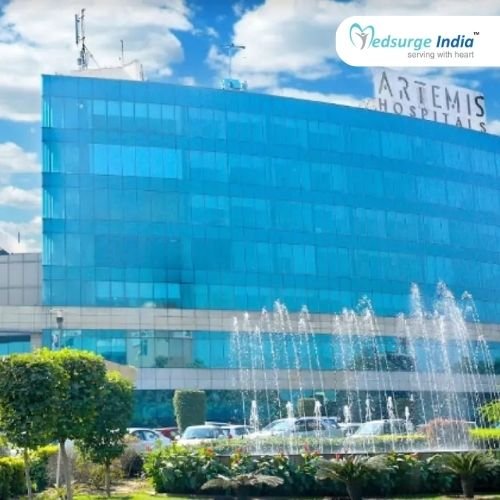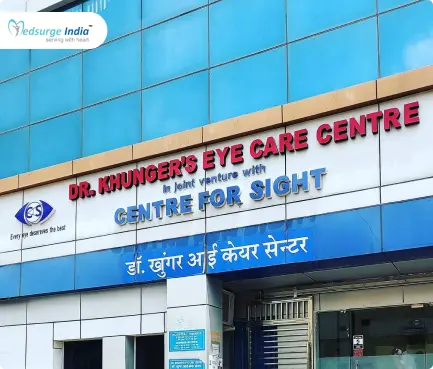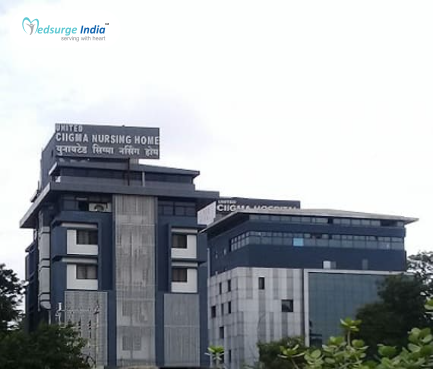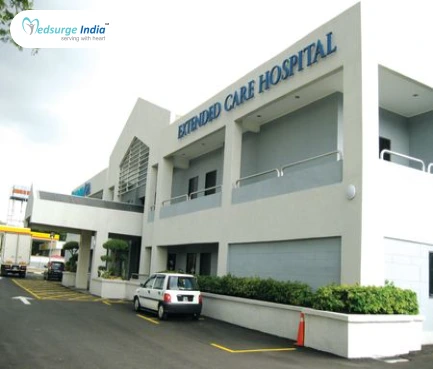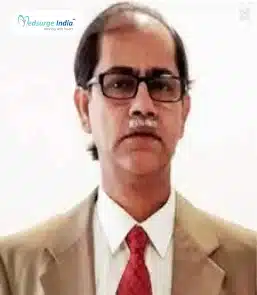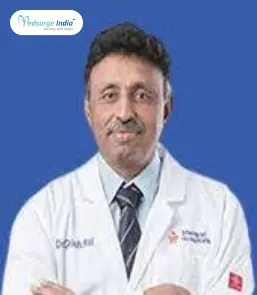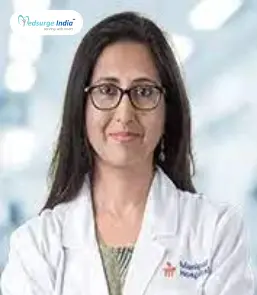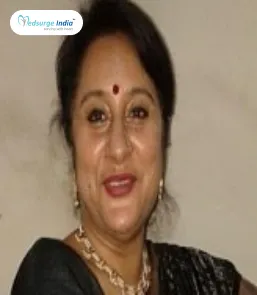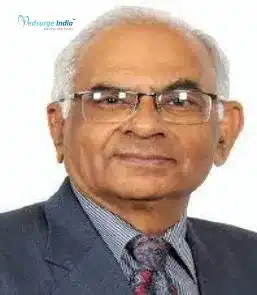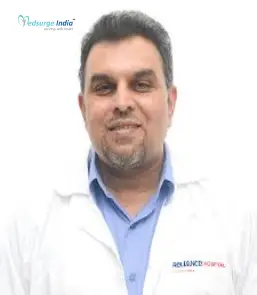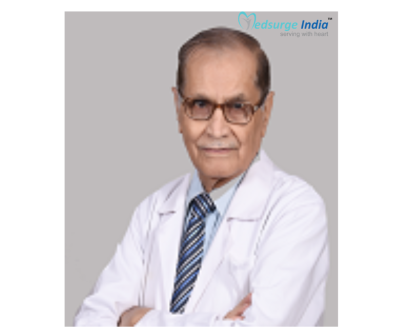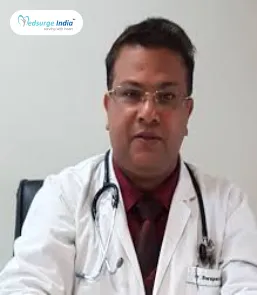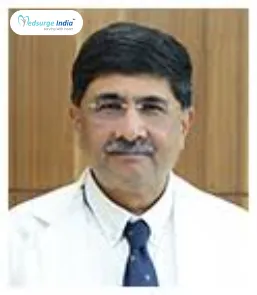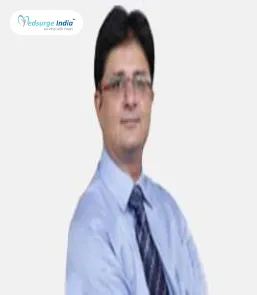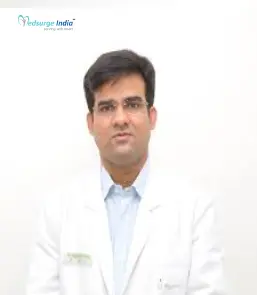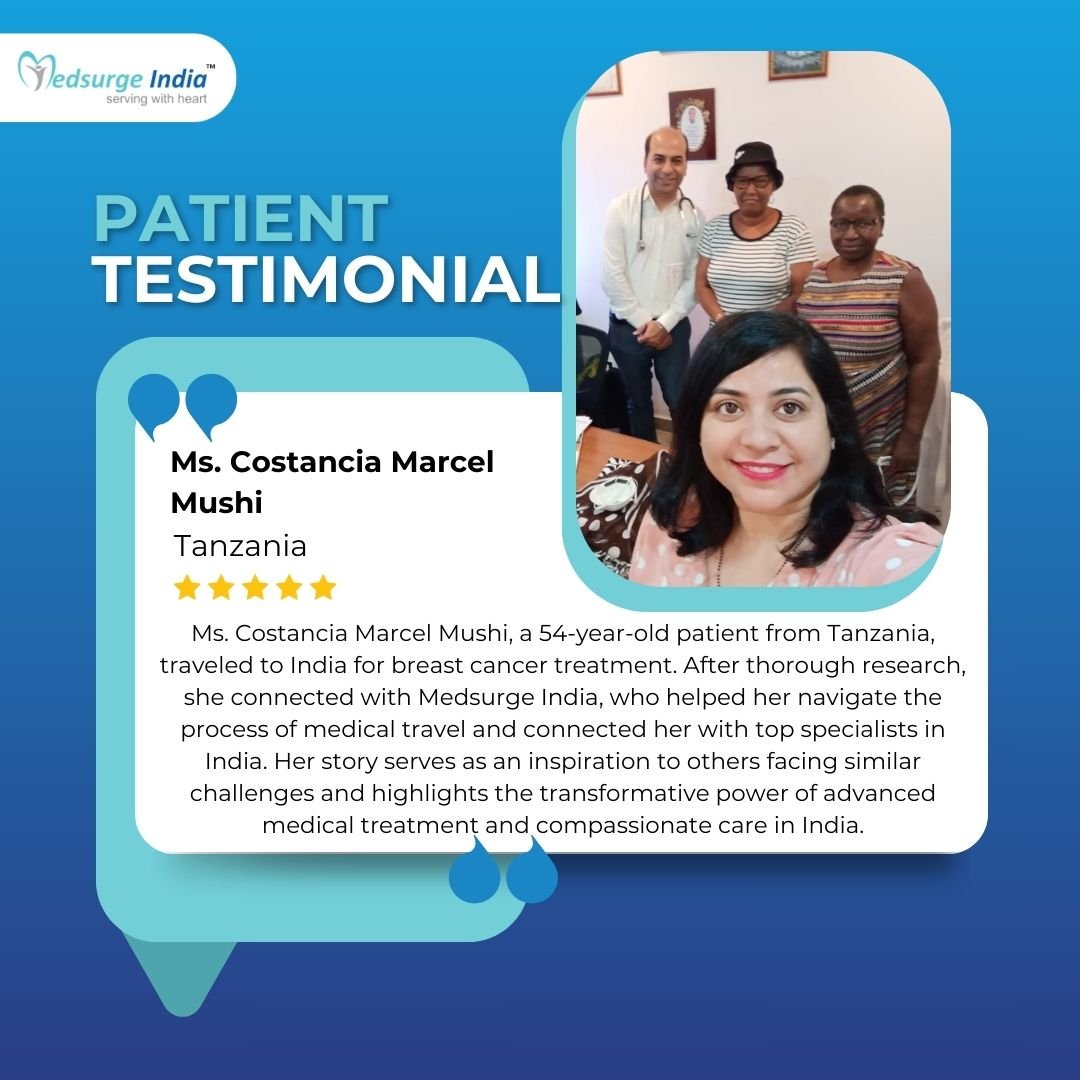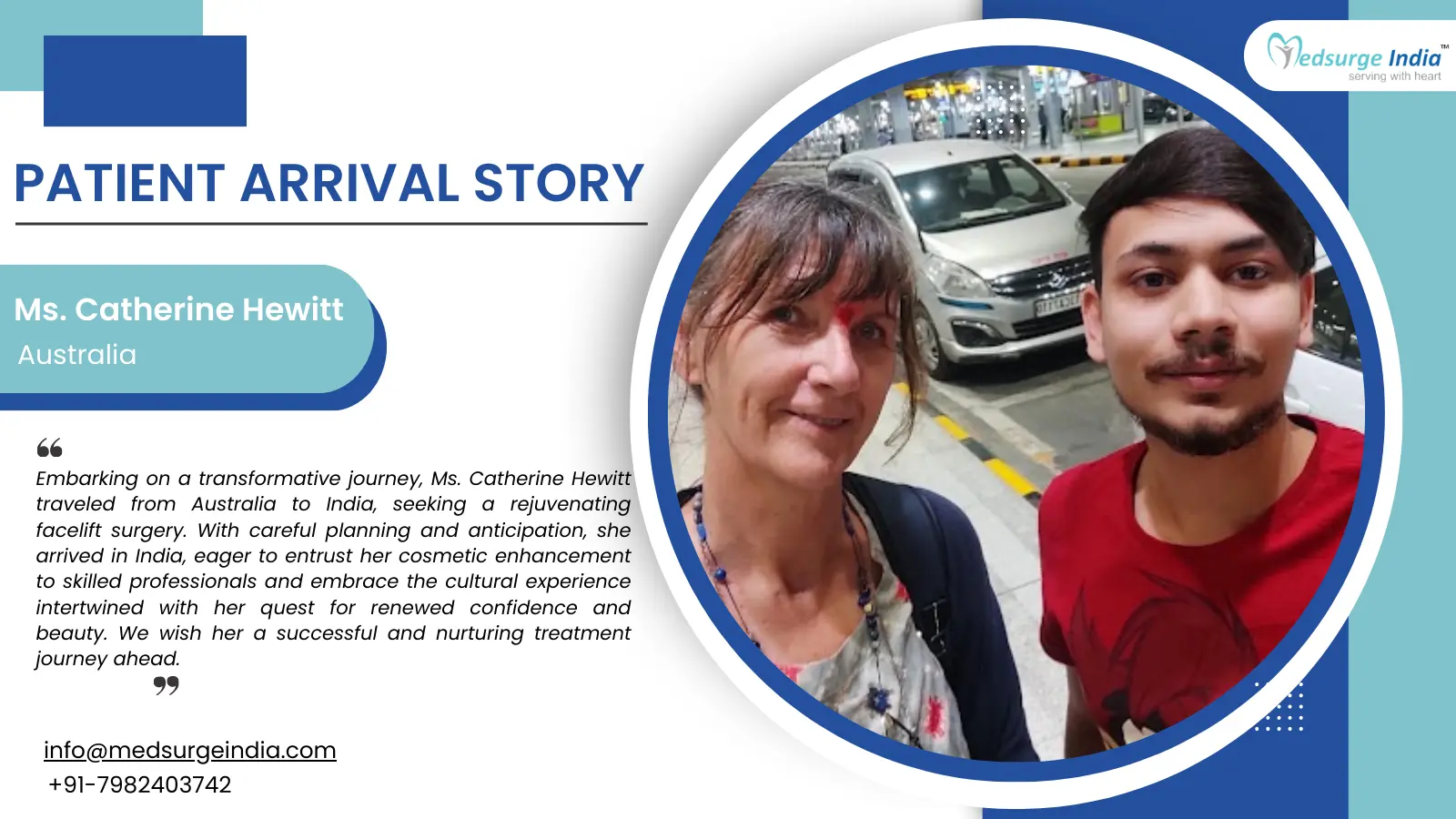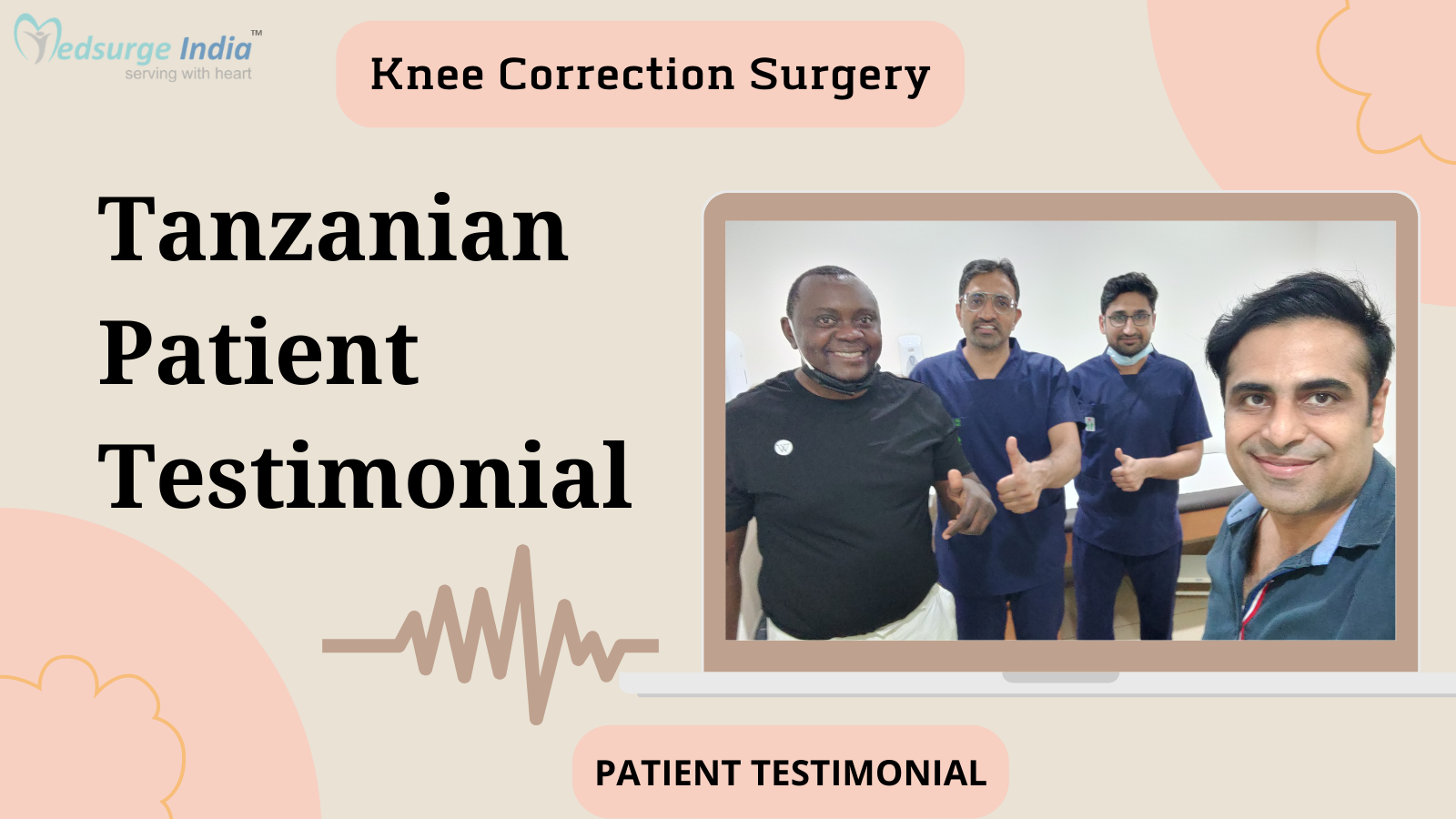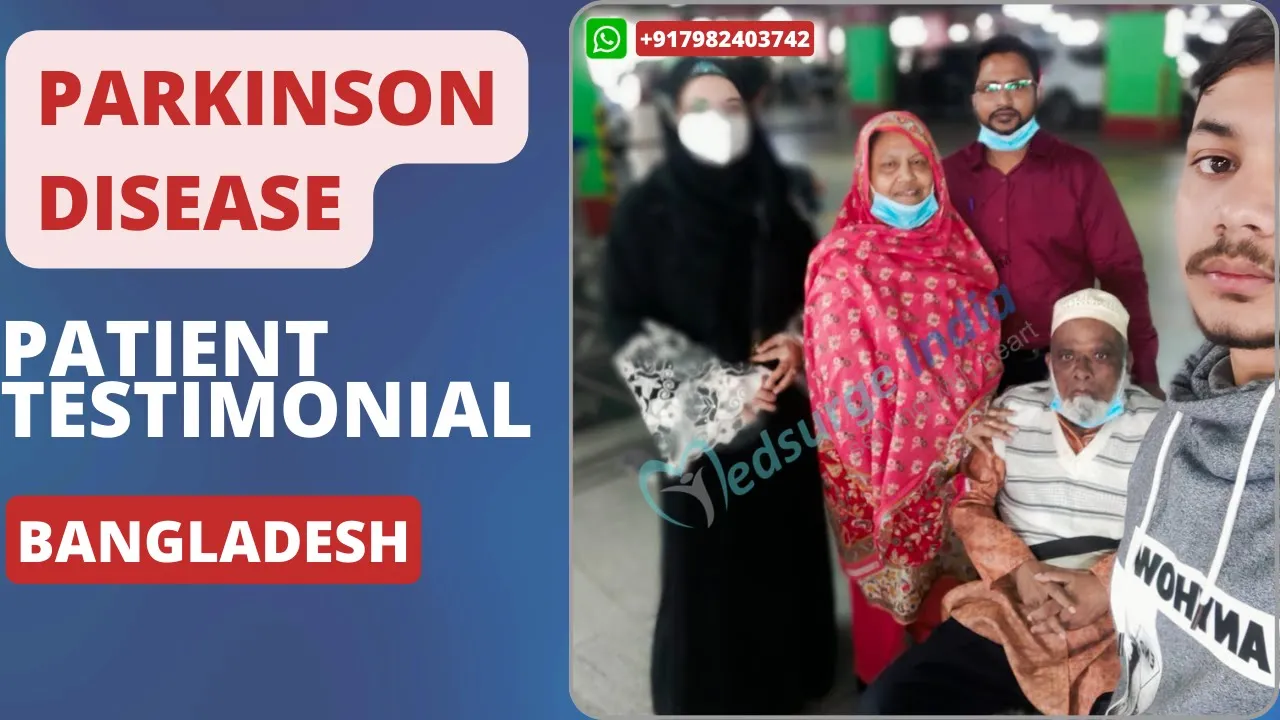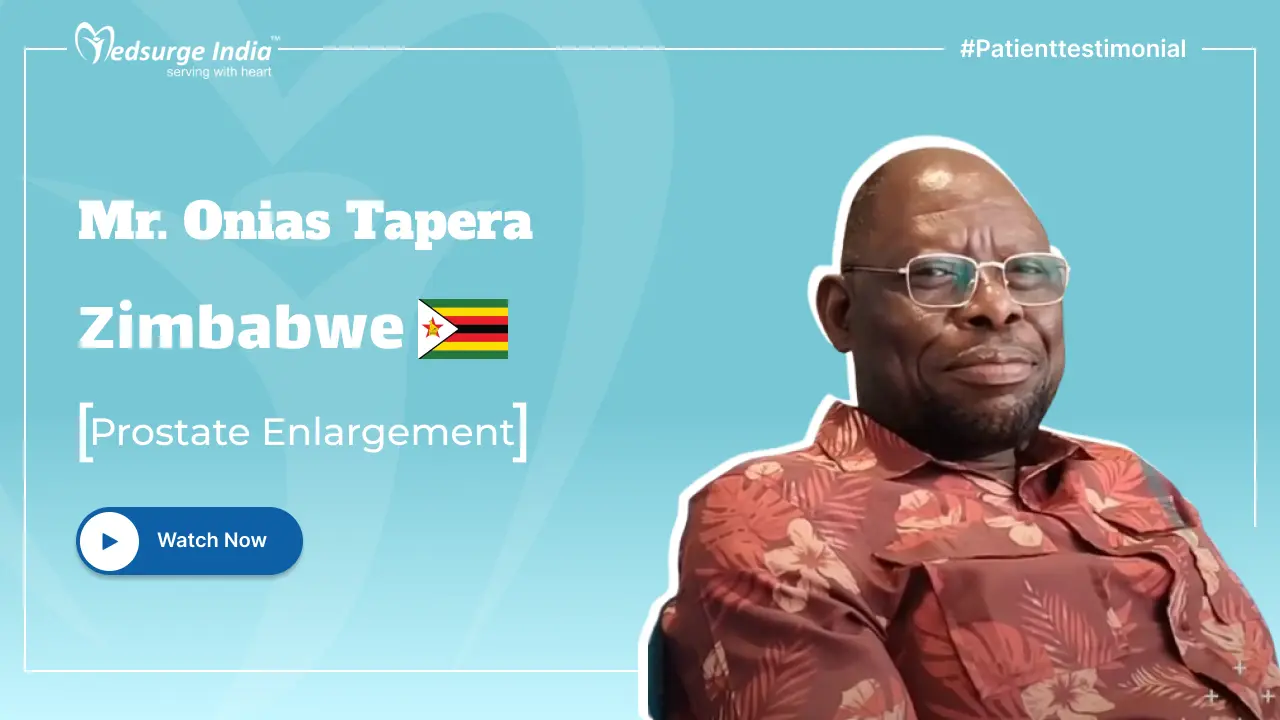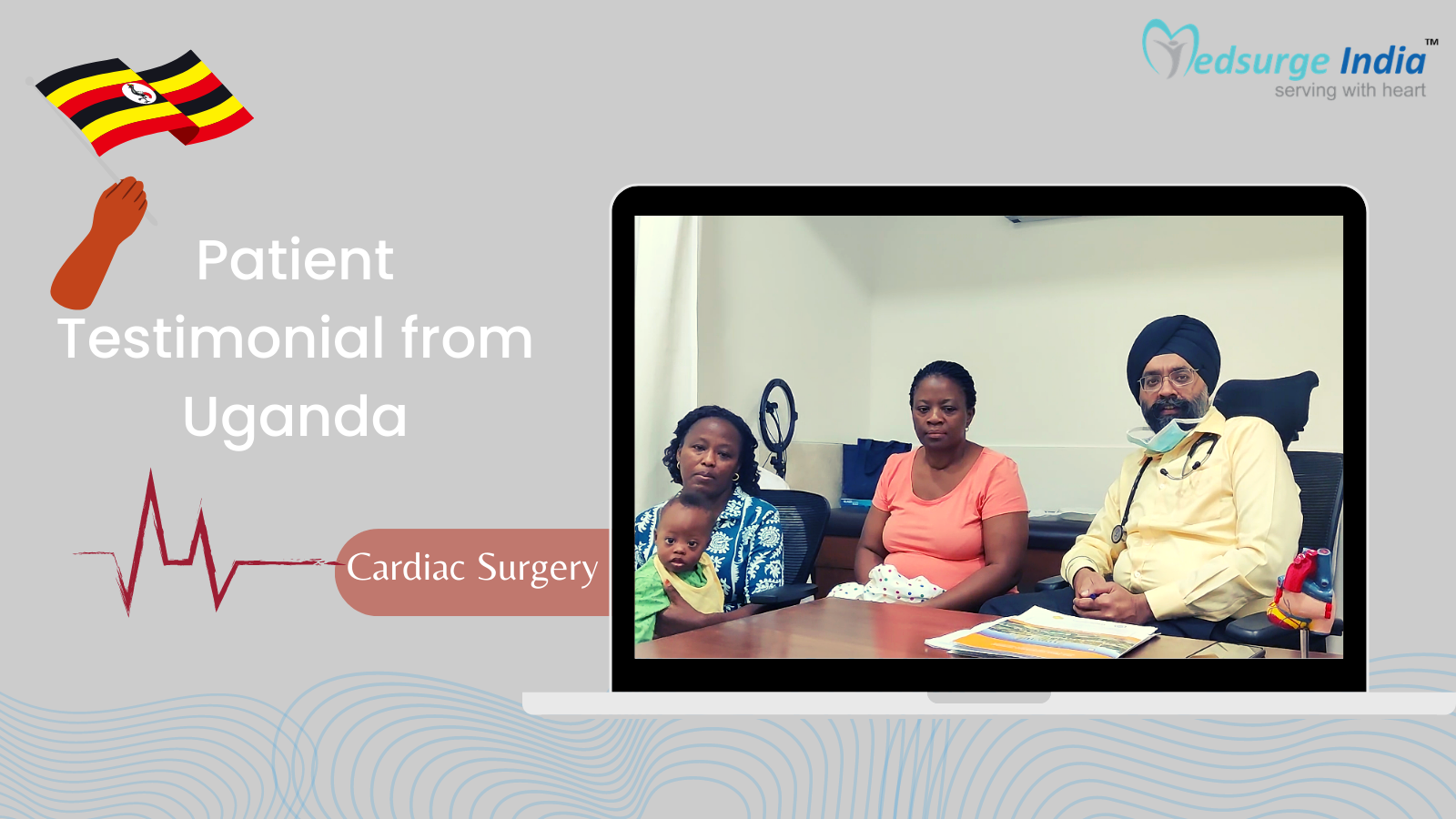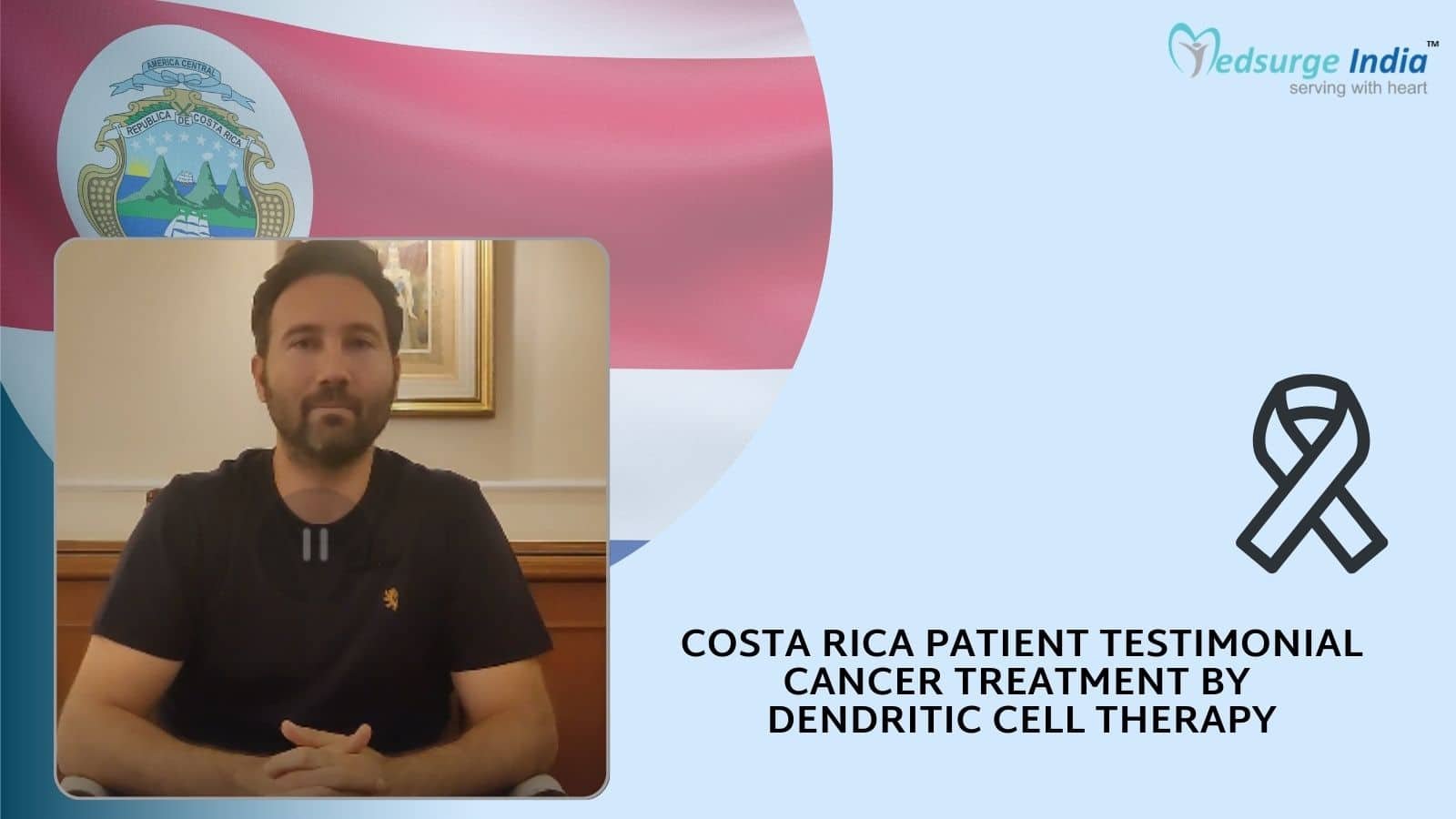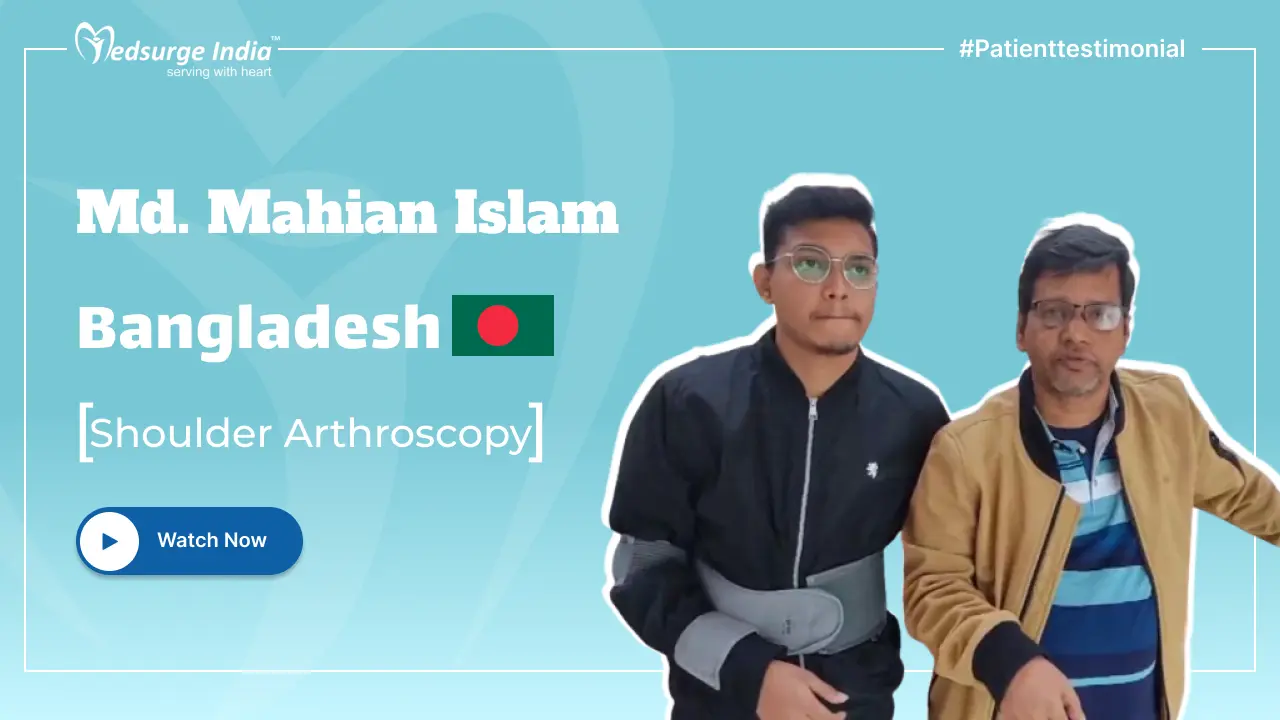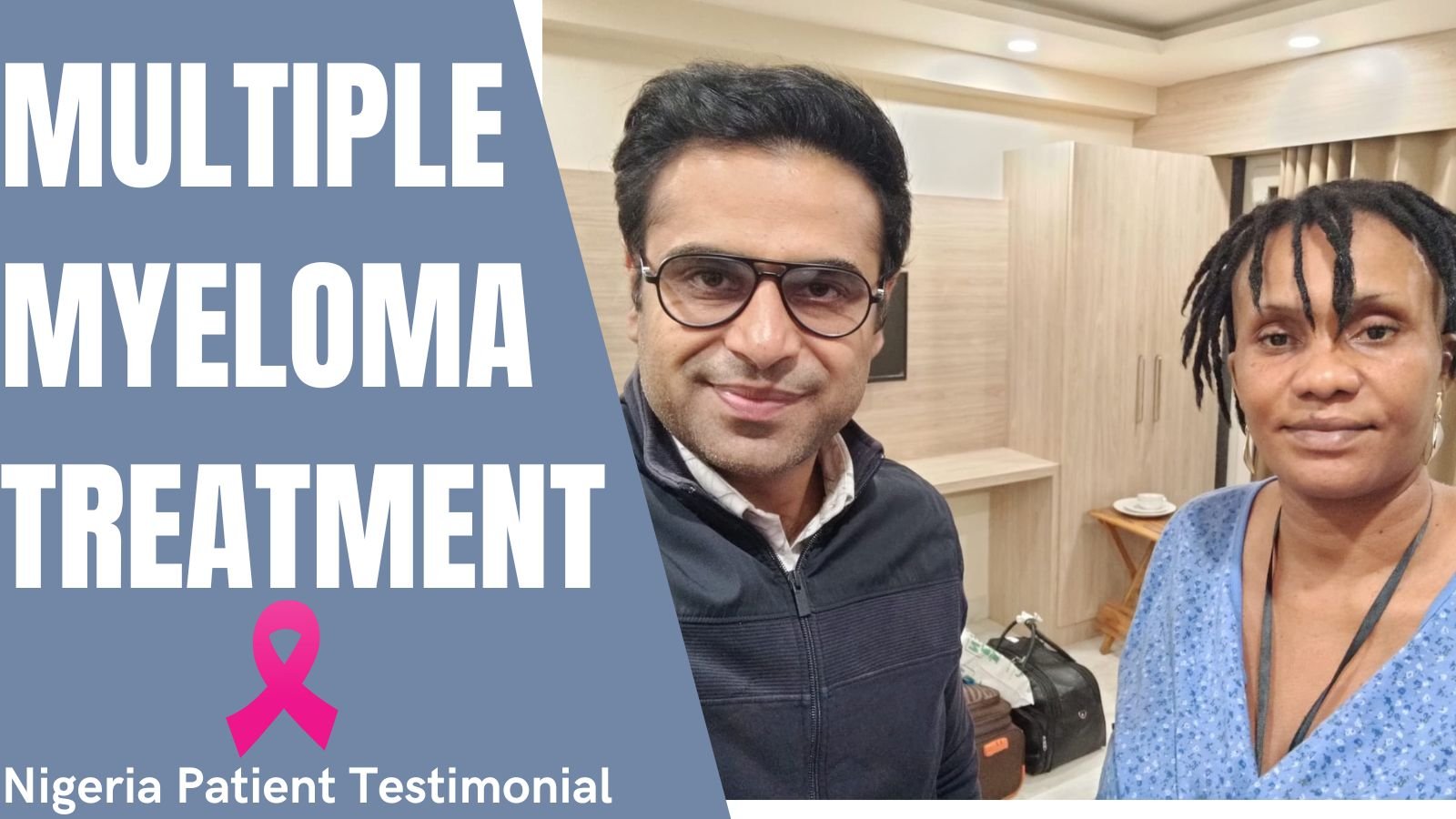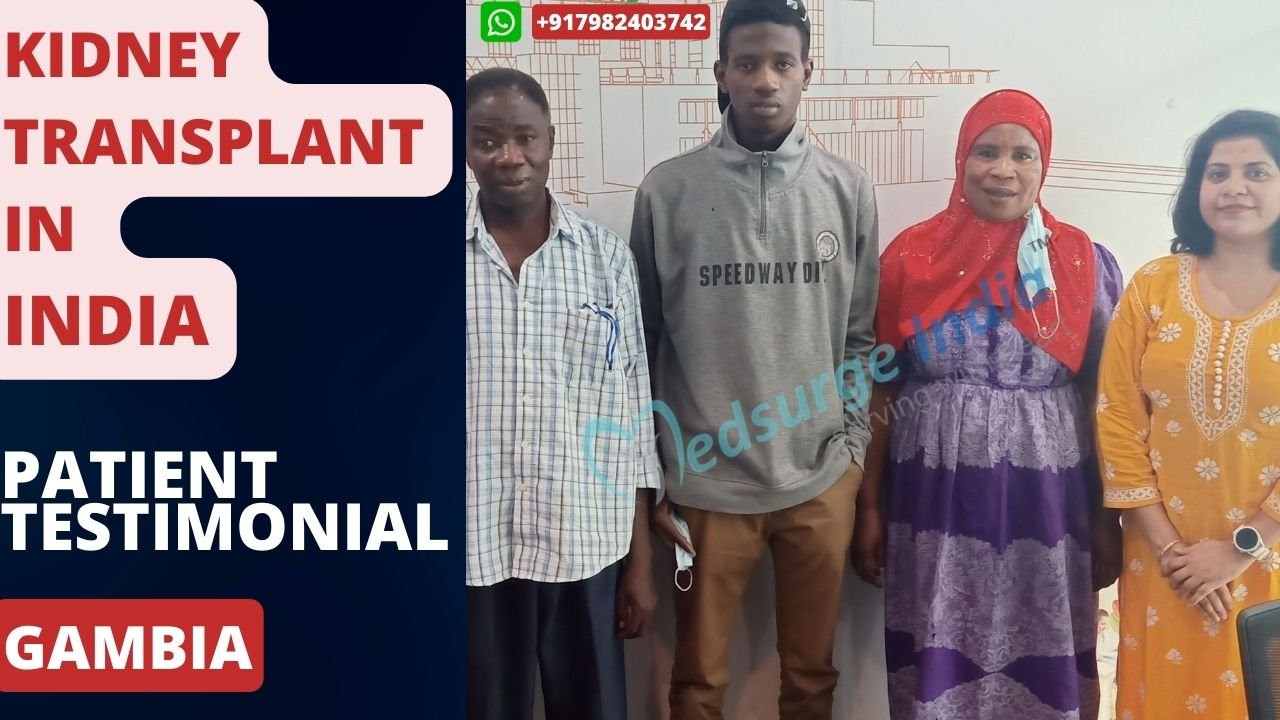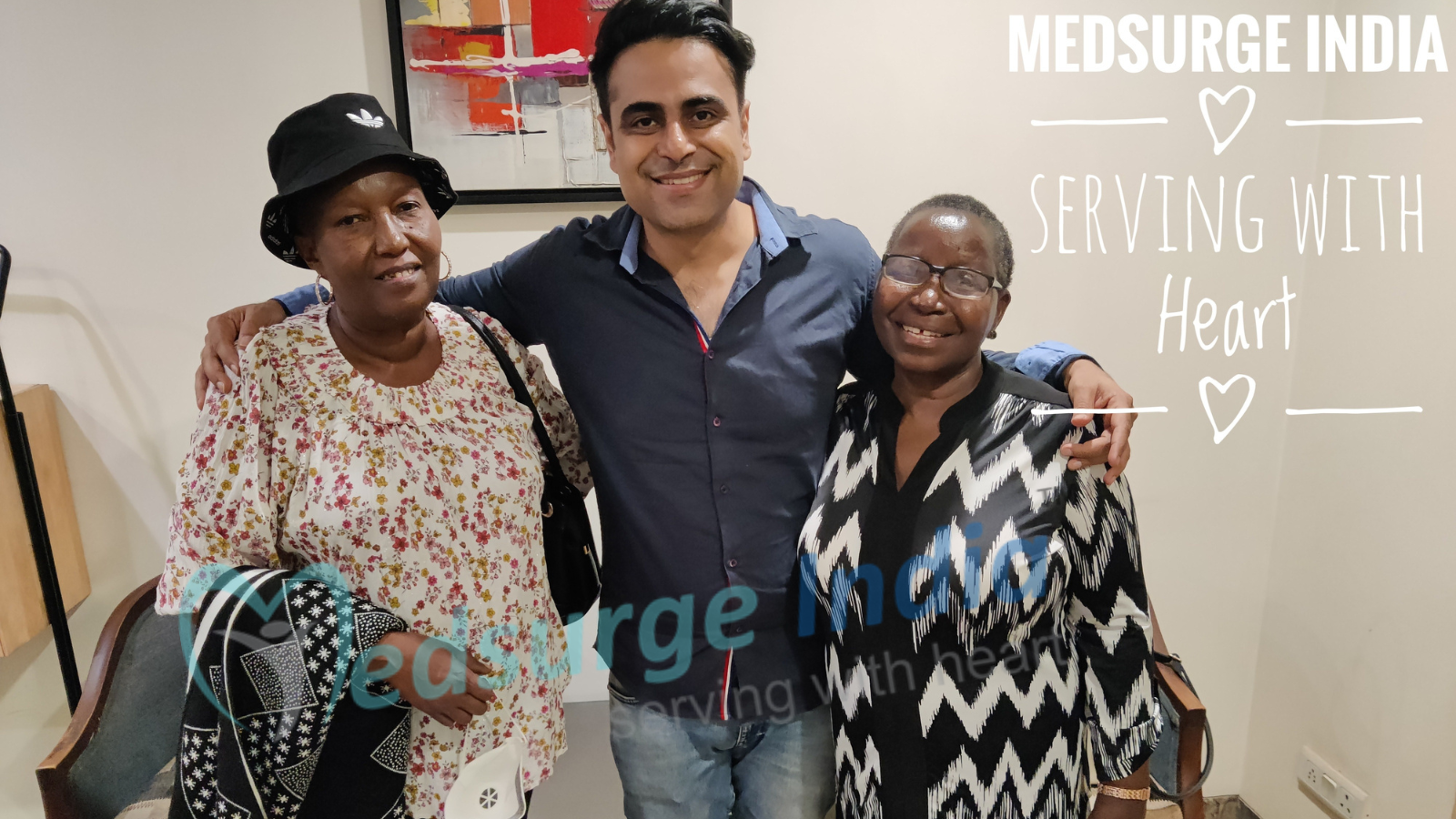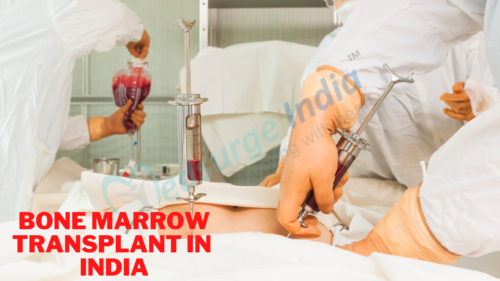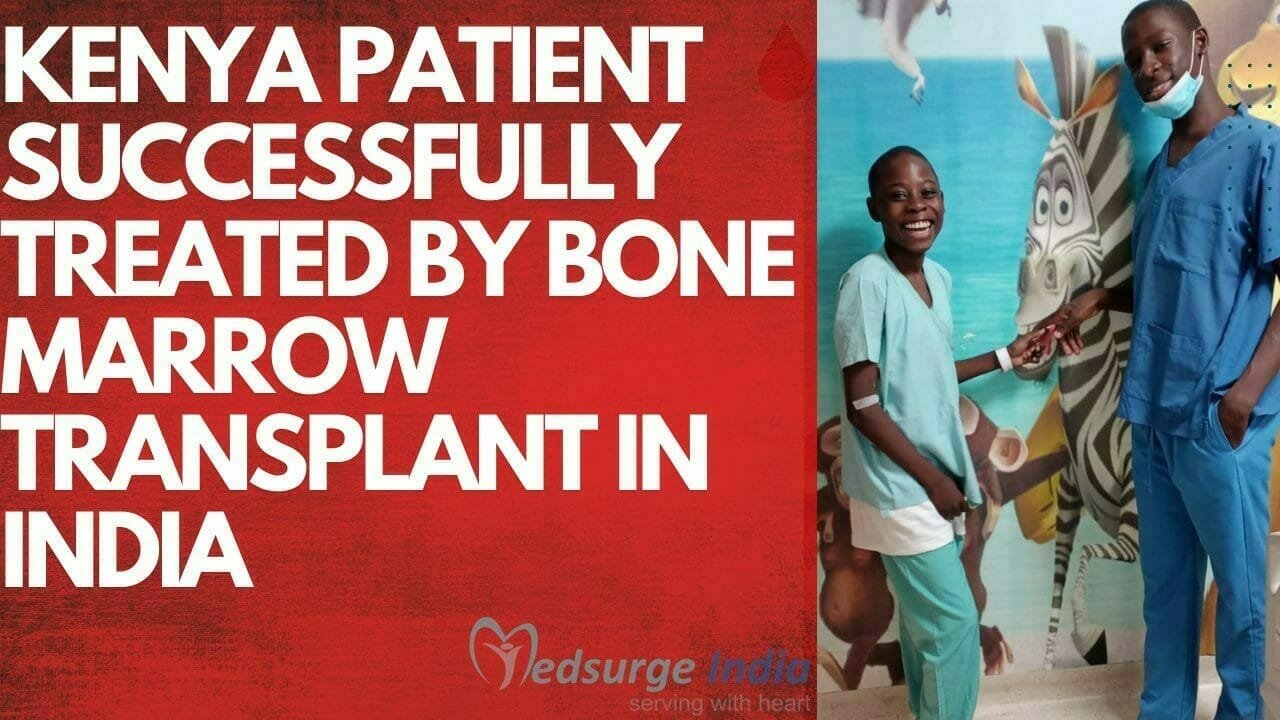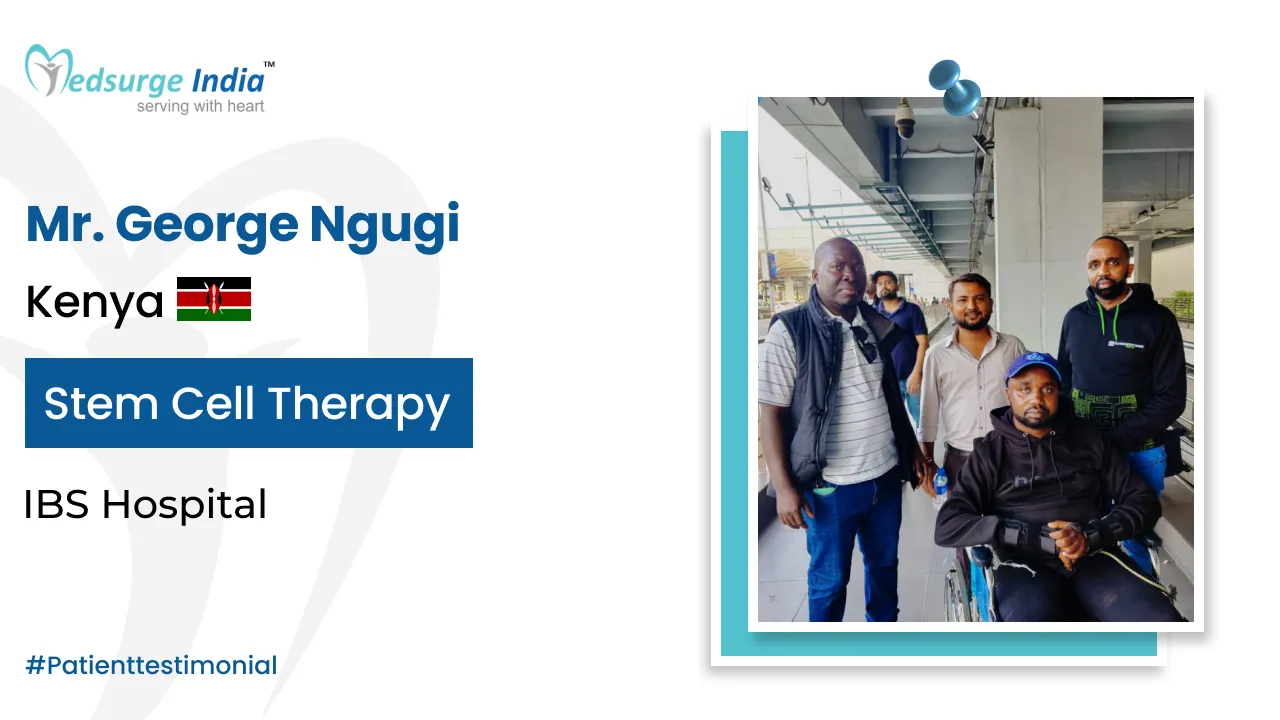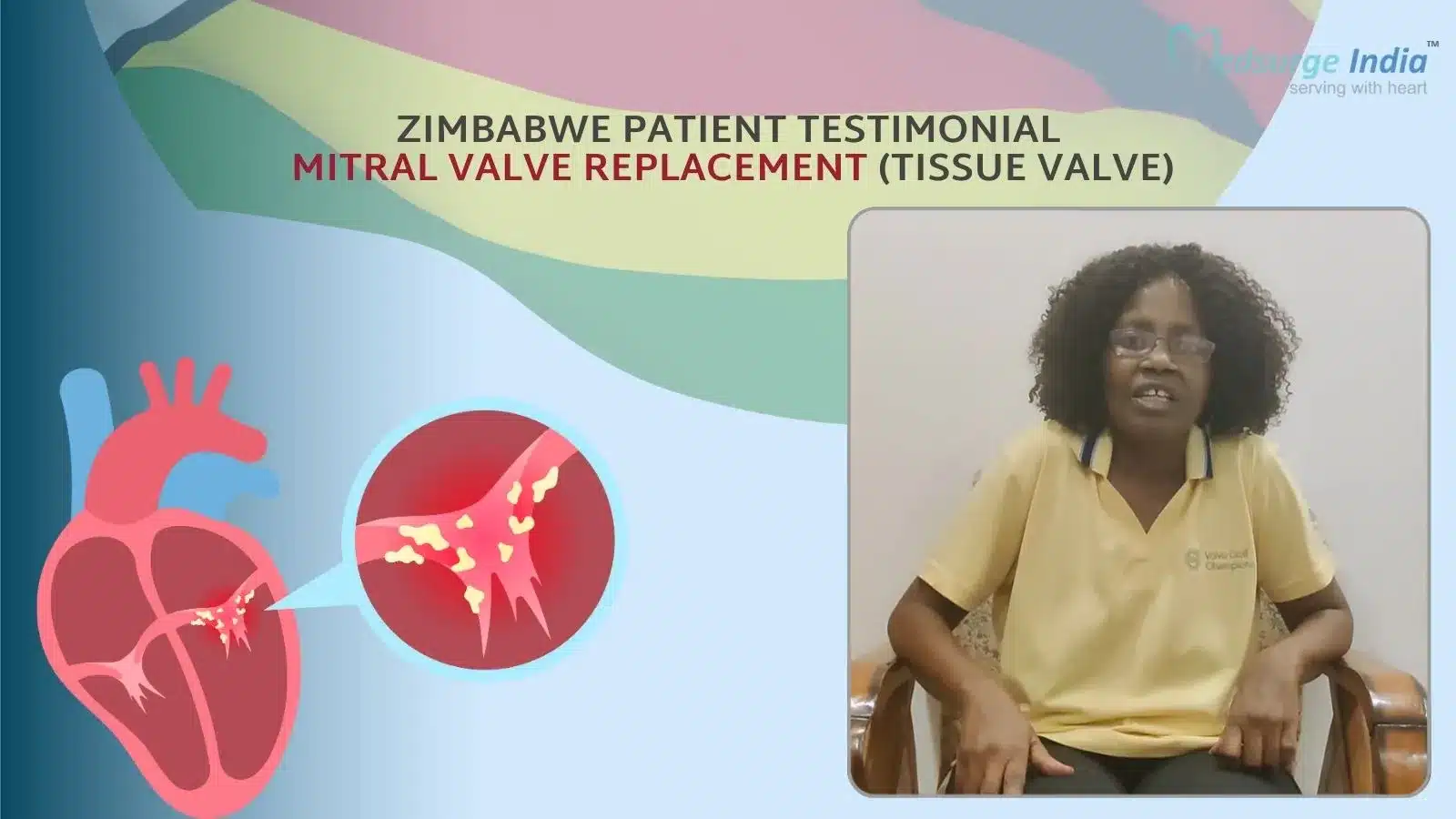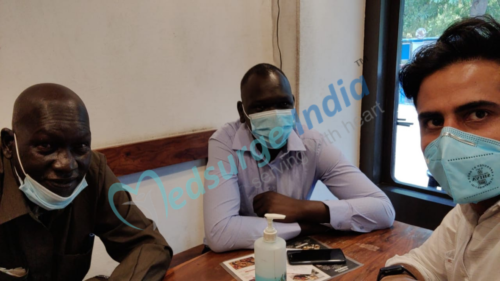
Functional Endoscopic Sinus Surgery (FESS) is a medical process of treating a recurring sinus disease (chronic bronchitis ) or nasal polyposis. The process is conducted with the patient placed under general anesthesia.
An endoscope is a small rod-like tool that is 4 millimeters or less in diameter and contains light at its end. A variety of lenses are utilized to acquire a very clear view of all of the corners around the nose. Effective fibrotic lighting is used to find clarity on the nasal close-ups. When the area is researched properly, specially designed tools, powered with suction debrides are utilized to expand the nasal openings and whatever blocks the uterus, for example, swollen mucosa or polyps, are carefully eliminated. Occasionally, other surgical procedures for example septoplasty and turbinate reduction are conducted together with Functional Endoscopic Sinus Surgery.
Sinus Surgery (FESS) Cost In India
Sinus Surgery (FESS) Cost In India starts from Rs 30,000. It typically includes necessary preoperative tests, the patient’s condition, and the surgery itself. However, please note that accommodation and transfers are not included in this cost.
Cost of Sinus Surgery (FESS) in Different Cities in India
| Cities | Starting Price |
| Delhi | USD 30,000 |
| Gurgaon | USD 30,000 |
| Noida | USD 30,000 |
| Mumbai | USD 32,000 |
| Hyderabad | USD 30,000 |
| Chennai | USD 30,000 |
| Kolkata | USD 31,000 |
| Bangalore | USD 33,000 |
Note: Keep in mind that the above-mentioned cost provided is solely for the treatment. The overall cost of FESS – Functional Endoscopic Sinus Surgery in India will be determined based on several factors.
Indications for Endoscopic Sinus Surgery
Endoscopic sinus medical procedure is the most common surgery performed for sinus illness. The endoscopic sinus medical procedure is performed for treating the following ailments:
- Chronic sinusitis
- Recurrent sinusitis
- Nasal polyposis
- Antrochoanal polyps
- Sinus mucoceles
- Excision of chose tumors
- Cerebrospinal liquid (CSF) spill conclusion
- Orbital decompression (e.g. Graves ophthalmopathy)
- Optic nerve decompression
- Dacryocystorhinostomy (DCR)
- Cho-butt-centric atresia repair
- Foreign body expulsion
- Epistaxis control
Helpful – Endoscopic Septoplasty in India
Get Free Cost Estimation
Procedure
Before the Procedure
Before running the functional endoscopic sinus surgery, patients are injected with intravenous sedation and local anesthesia. The individual is subsequently ready for the operation. If There’s a requirement of image-guided surgery, then the headset device Has to Be implemented.
During the Procedure
- The medical process starts with the nose being decongested by injecting a combined solution of lidocaine with epinephrine (the ratio is 1 percent lidocaine with 1:100,000 epinephrine). The answer is injected close to the uncinated area in the lateral nasal wall. The injection is completed utilizing a 3-mL syringe.
- Next, the inlet in addition to the anterior face of the middle turbinate is injected together with the alternative submucosally. If a septoplasty is necessary, the septum can be injected.
- Afterward, 4 mL of 4% cocaine is placed bilaterally from the nares by infusing the pledgets. Following the process, a neck pack might be put, or the gut is clouted before extubation.
After the Procedure
- Nasal pressing is eliminated before the release of the patient.
- The patient is given a saline nasal dab and anti-toxins.
- The following visits have been advised in the upcoming weeks.
- When a spacer was set in the middle meatus, it’s eliminated or clouted out on the principal post-operative visit.
Complications
All risks and benefits have to be discussed with patients before the surgical procedure. A patient shouldn’t experience the surgical process with no knowledge of All of the probable complications. Risks Related to endoscopic sinus surgery are as follows:
- Orbital damage
- Diplopia
- Orbital hematoma
- Blindness
- CSF leakage
- Tentative brain damage
- Bleeding
- Synechiae formation
- Nasolacrimal duct harm/epiphora
An overview of the analysis of the complications associated with significant endoscopic sinus health process discovered an overall annoyance rate of 0.50 percent; the prices of CSF spillage, orbital injury, drain necessitating clinical operation, blood transfusion and TSS have been 0.09%, 0.09%, 0.10%, 0.18% and 0.02percent approximately.
Factors That Can Affect Sinus Surgery (FESS) Cost In India
There are various factors that can affect the cost of FESS – Functional Endoscopic Sinus Surgery in India. Here we have listed you with the various factors that can affect the cost of FESS – Functional Endoscopic Sinus Surgery in India.
- Medication costs: Certain medicines can influence the overall cost of FESS – Functional Endoscopic Sinus Surgery.
- Patient Condition: The complexity of the disease along with the patient’s overall health can affect the duration of treatment, impacting the cost.
- Duration of treatment: Longer treatment courses involving multiple visits can lead to higher cumulative costs.
- Geographical location: Cost can vary widely depending on the region in India.
- Hospitalization expenses: The length of hospital stay and the level of nursing care required by the patient can add to the treatment expenses.
- Government policies and subsidies: Government healthcare schemes and subsidies can reduce out-of-pocket expenses for patients, affecting the affordability of FESS – Functional Endoscopic Sinus Surgery.
- Medical tourism packages: Curated packages for international patients can include various services at a bundled cost, influencing the overall expense of treatment in India.
- Hospital reputation and infrastructure: Prestigious hospitals with state-of-the-art facilities may charge more for their services.
- The expertise and experience of medical professionals: ENT surgeons with extensive experience and recognition often command higher fees, contributing to the treatment cost.
- The type and frequency of diagnostic procedures: Regular monitoring with advanced imaging and laboratory tests can increase treatment costs due to the high price of these diagnostic methods.
- The choice of treatment modality: Opting for newer or more advanced treatment options or precision medicine can be more expensive than traditional approaches.
India provides excellent medical services and facilities for patients seeking treatment, including FESS – Functional Endoscopic Sinus Surgery. These facilities are on par with renowned healthcare centers around the globe. Additionally, the cost of accommodation, meals, and transportation is also included. Moreover, international patients can save a significant amount, up to 30-40%, on the expenses of FESS – Functional Endoscopic Sinus Surgery cost in India compared to their native countries.
Read More – Rhinoplasty Cost in India
The Most Important Frequently Asked Questions
Q: How Long Does a Nasal Endoscopy Take?
A: The evaluation takes approximately five to ten minutes. Your physician will spray your nostril using a medicinal medication to reduce the swelling and numb the region.
Q: How Do I Drain My Sinuses at Home?
A. The following remedies can help:
- Breathe in steam. Steam is one of the first-class approaches to get your sinuses empty
- Use a humidifier
- Use a warm compressor
- Make a saline spray
- Use a neti pot
- Drink or eat warm substances
- Workout
Q: Can I Eat Before Sinus Surgery?
A: You will not be permitted to drink or eat anything from the day prior to your operation. Sinus surgery is performed with general anesthesia so that you’ll be sleeping through the process.
Q: How Long Does it Take to Get Over a Deviated Septum Surgery?
A: A septoplasty takes anywhere from 30 to 90 minutes to complete, based on the intricacy of the circumstance. You could be under local or general anesthesia, depending on what your physician determines is appropriate for you.
Q: What Is the Prognosis of Nasal Endoscopy?
A: Fantastic results are regarded as a consequence of endoscopic nasal surgery. In 1 survey, it had been reported that sinus symptoms rose mostly in 66 out of 72 patients who underwent this process. In another study, 85% of individual’s quality of life enhanced with endoscopic operation.
Q: How Long Does it Take to Get Over a Deviated Septum Surgery?
A: A septoplasty takes anywhere from 30 to 90 minutes to complete, based on the intricacy of the circumstance. You could be under local or general anesthesia, depending on what your physician determines is acceptable for you.
Q: How Painful Is a Nasal Endoscopy?
A: The process is seldom painful, but a few patients may face distress if the nasal space is narrow or the nasal lining is bloated. Extra numbing spray or even a noun –sized endoscope may also be given to relief the pain.
Q: What Are the Eligibility Requirements for a Medical Visa to India?
A: A valid passport and visa and that you’re trying to find a health treatment from a reputed and recognized hospital in India is all you have to submit an application for a medical visa to India. 2 attendants that are blood relatives have been permitted to accompany the individual under different attendant visas.
Top Hospitals for Sinus Surgery (FESS) In India
Top Doctors for ENT Surgery
Dr. Dhrubo Roy
Consultant
Experience: 26 years of experience
AMRI Hospital, Kolkata (Mukundapur)
Kolkata, India
Dr. Girish Rai B
Consultant
Experience: 37 years of experience
Manipal Hospital (Old Airport Road) Bangalore
Bangalore, India
Dr. Shalina Ray
Consultant
Experience: 43 years of experience
Manipal Hospital (Old Airport Road) Bangalore
Bangalore, India
Dr. Divya B
Associate Consultant
Experience: 9 years of experience
Sakra World Hospital, Bangalore
Bangalore, India
Dr. Chandreyi Banerjee
Consultant
Experience: 35 years of experience
Ruby General Hospital, Kolkata
Kolkata, India
Dr. Sanjiv Badhwar
HOD
Experience: 25 years of experience
Kokilaben Dhirubhai Ambani Hospital Mumbai
Mumbai, India
Dr. P. L. Dhingra
Senior Consultant
Experience: 46 years of experience
Indraprastha Apollo Hospital, New Delhi
New Delhi, India
Dr. Jagdish Chaturvedi
Consultant
Experience: 14 years of experience
Fortis Hospital, Bangalore (Bannerghatta Road)
Bangalore, India
Dr. Vineeth Viswam
Consultant , MBBS
Experience: 25 years of experience
Aster Medcity Kochi
Kochi, India
Dr. Sushmitha B
Consultant
Experience: 18 years of experience
Aster Prime Hospital, Hyderabad
Hyderabad, India
Dr. Prabodh Karnik
Consultant
Experience: 27 years of experience
Nanavati Super Specialty Hospital Mumbai
Mumbai, India
Dr. Gunjan Sachdeva
Consultant
Experience: 13 years of experience
Marengo Asia Hospitals Formerly W Pratiksha Hospital, Gurgaon
Gurgaon, India
Dr. Bhagwat Chaudhary
Consultant
Experience: 44 years of experience
Fortis Hospital, Mulund, Mumbai
Mumbai, India
Dr. Mohan Kulhari
Senior Consultant
Experience: 14 years of experience
Fortis Escorts Hospital Jaipur
Jaipur, India


